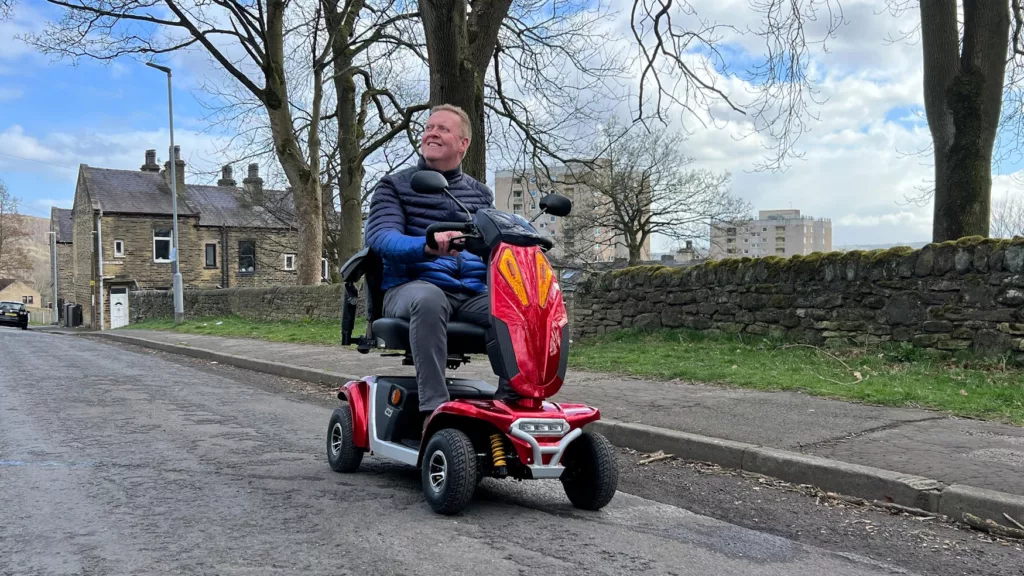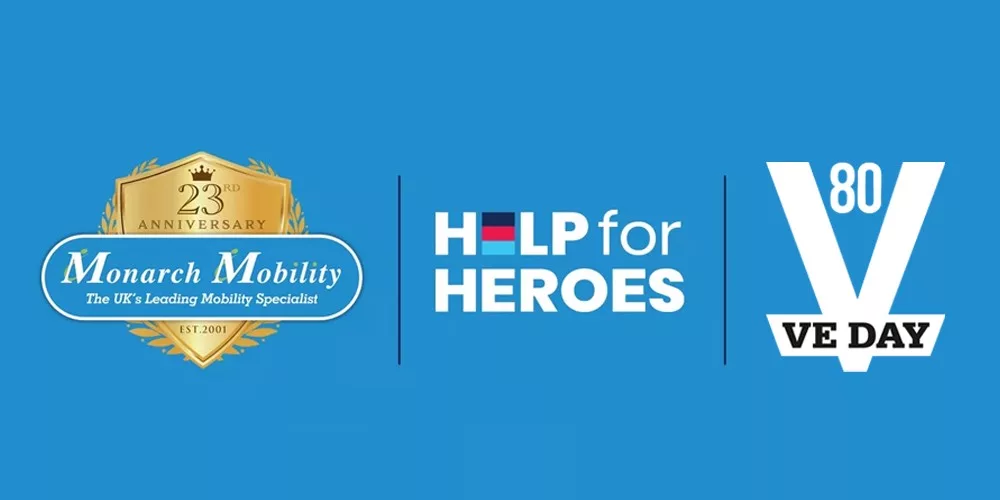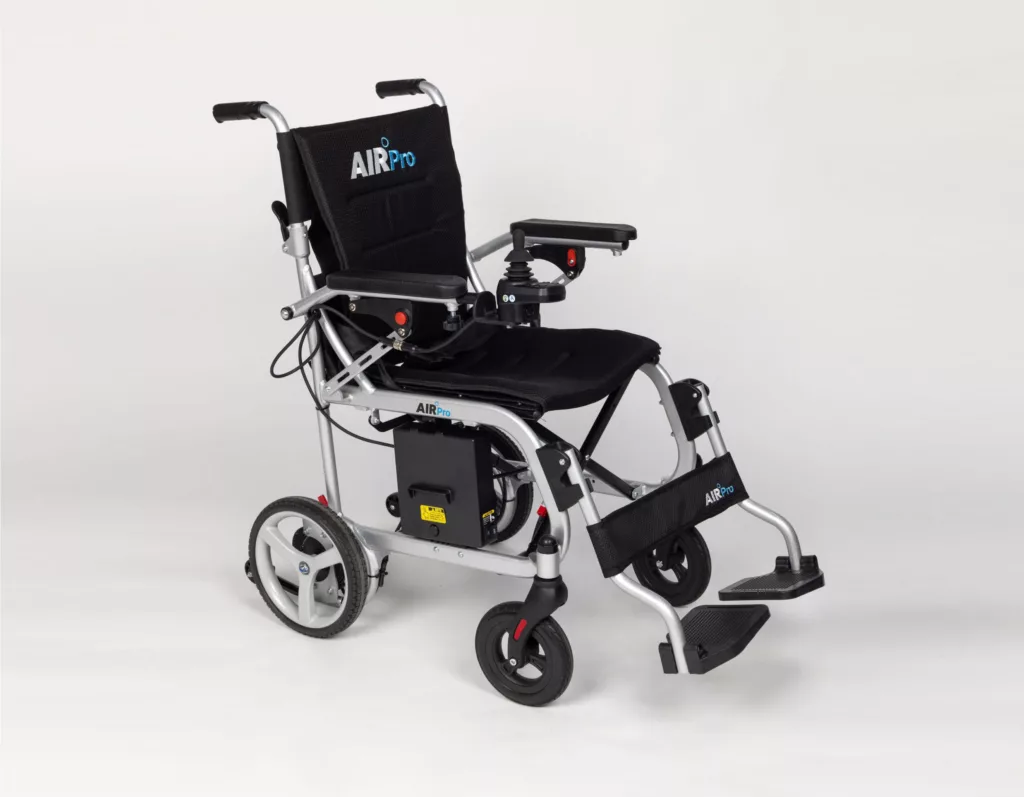Mobility scooters provide independence to many and are generally long-lasting, but they can develop faults over time.
In this article, we’ll examine common mobility scooter problems and provide troubleshooting tips and fixes to help keep your scooter in top condition for your safety and comfort.
Table of Contents
Battery issues with mobility scooters
One of the most frequent problems with mobility scooters relates to their battery. Over time, batteries degrade, leading to reduced performance, shorter travel distances, failure to recognise the charger, and difficulty holding a charge.
How to fix motor scooter battery problems
- First, make sure that your mobility scooter battery is fully charged to rule out any mobility scooter charging problems.
- Check the battery connections and clean any corrosion.
- If the battery is over five years old, you may need to replace it with a new one.
Proper battery care can help extend the life of your scooter. Make sure you fully charge the battery before and after each use, and use a battery charger that is compatible with the scooter’s batteries.
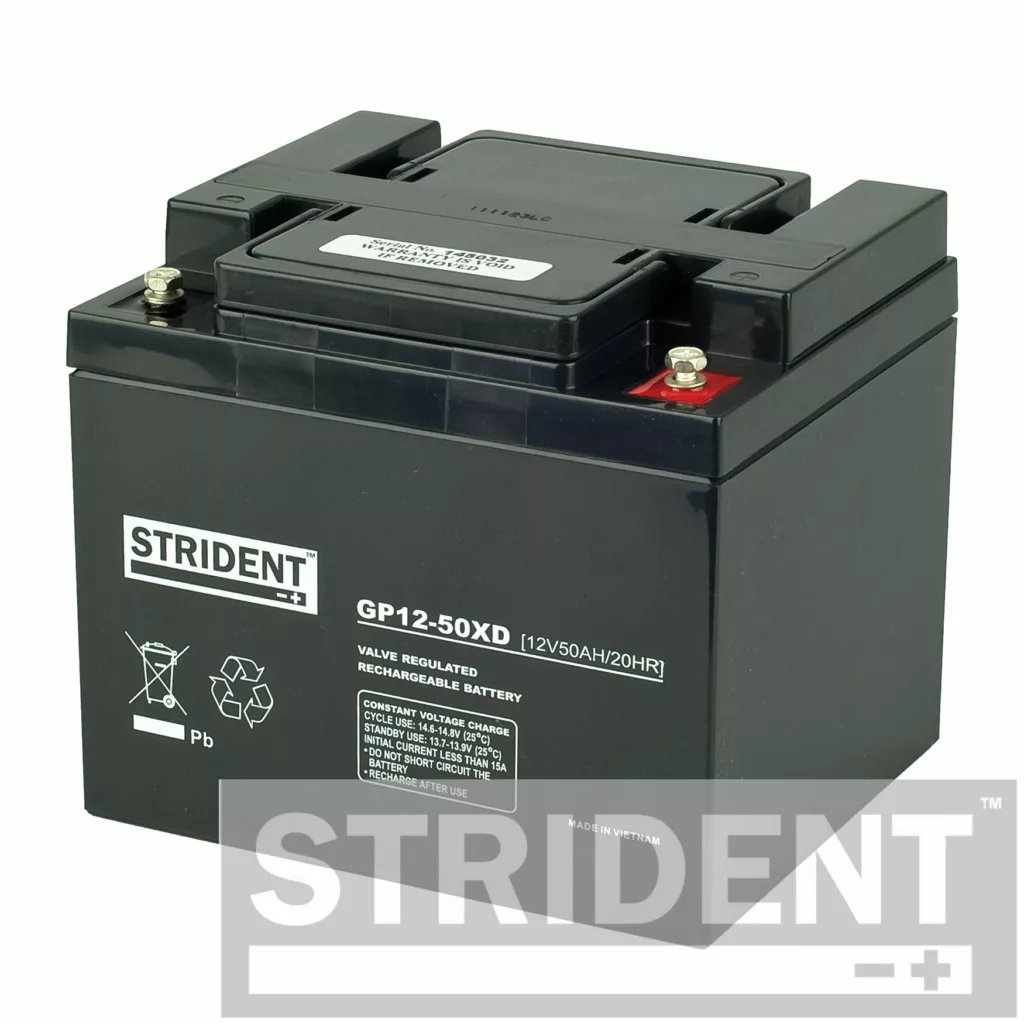
Mobility scooter motor malfunctions
The motors on mobility scooters are usually highly reliable. However, motors can become damaged by driving over pavement edges or by getting dust or grit in the components. If your mobility scooter makes jerky movements or unusual noises, struggles on inclines, or loses power intermittently, there may be an issue with the motor.
Fixing mobility scooter motor issues
- Check for debris or loose connections around the motor.
- Avoid overloading the scooter beyond its weight limit.
- If problems persist, consult a professional technician for repairs or replacement.
- Always replace the motor with a new one from the manufacturer or an authorised dealer.
Damaged tyres on mobility scooters
The tyres on mobility scooters are pretty robust. However, they naturally wear out over time, affecting ride quality and safety. Mobility scooters use either pneumatic (air-filled) or solid tyres. If your ride feels bumpy or uneven or the scooter pulls to one side, you may need to look at your tyres.
Fixing flat tyres on your mobility scooter
- To fix a flat tyre on a pneumatic tyre, you’ll need a tyre pump or an air compressor. Make sure you inflate it to the recommended pressure – which you can find on the side of the tyre.
- If you notice the tyres are cracked, or the tread pattern is worn, it is wise to get them replaced before you experience a puncture.
- If the tyre is punctured, it will need to be repaired or replaced.
- Consider switching to solid tyres for reduced maintenance needs.
Ignition problems on mobility scooters
Ignition issues can prevent a mobility scooter from starting. Exposure to the elements can cause gradual corrosion, leading to key sticking or complete breakage.
Sorting ignition problems on your mobility scooter
- If the key sticks, take the scooter to a professional before it breaks in the ignition. Do not force it!
- If the key breaks inside the ignition, gently remove it with tweezers.
- If the ignition switch is faulty, consider replacing it to restore function.
Potentiometer problems on your mobility scooter
The potentiometer (or throttle pot) controls the scooter’s forward and backward motion. If the speed of your mobility scooter fluctuates without reason, there could be an fault with the potentiometer.
Fixing potentiometer problems on your mobility scooter
- If you have experience using a multimeter, you can check that the potentiometer is showing the correct voltage.
- Replace the potentiometer if it shows signs of corrosion.
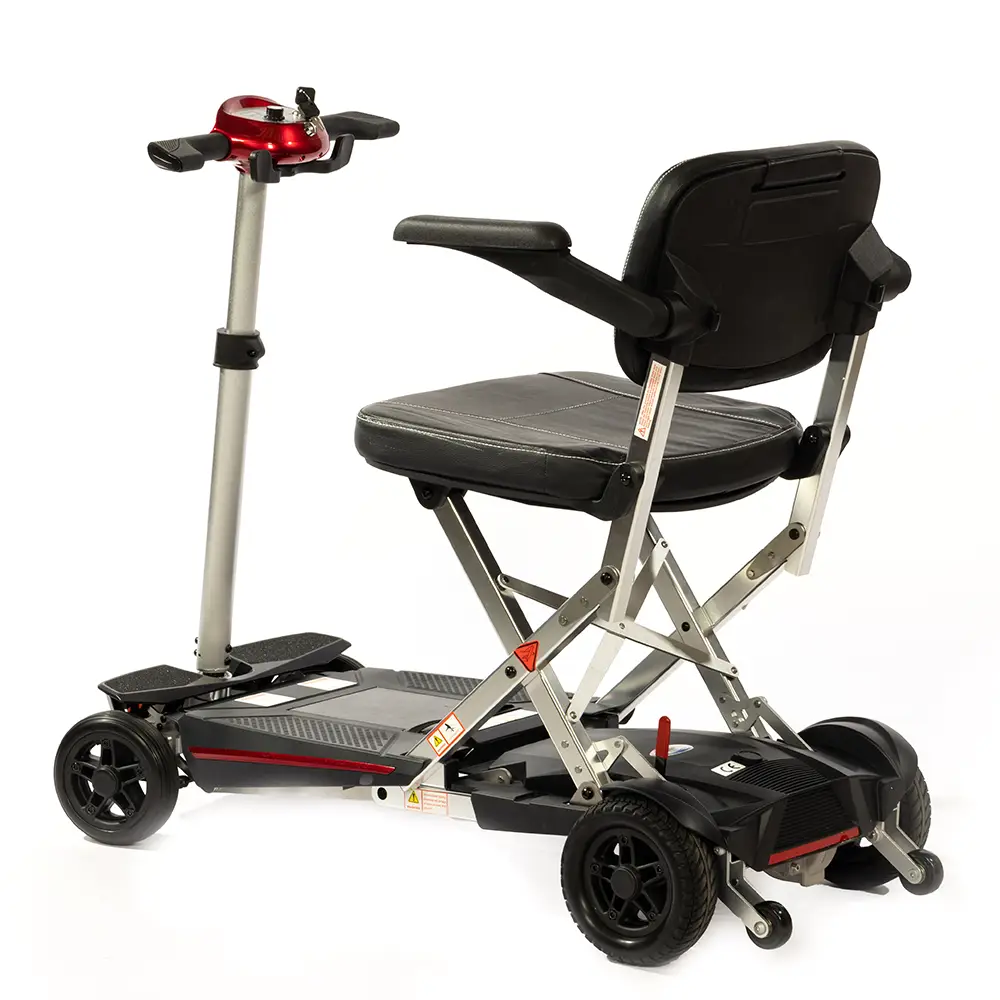
How to prevent mobility scooter faults
Regular maintenance is key to preventing common problems with mobility scooters. Correctly charging the battery, inflating the tyres to the correct pressure, properly storing your scooter, and ensuring you drive on suitable terrain will help maintain your safety and comfort, and the longevity of your mobility scooter.
If you need a new battery or a replacement mobility scooter, Monarch Mobility is here to help. Contact our experts today!
